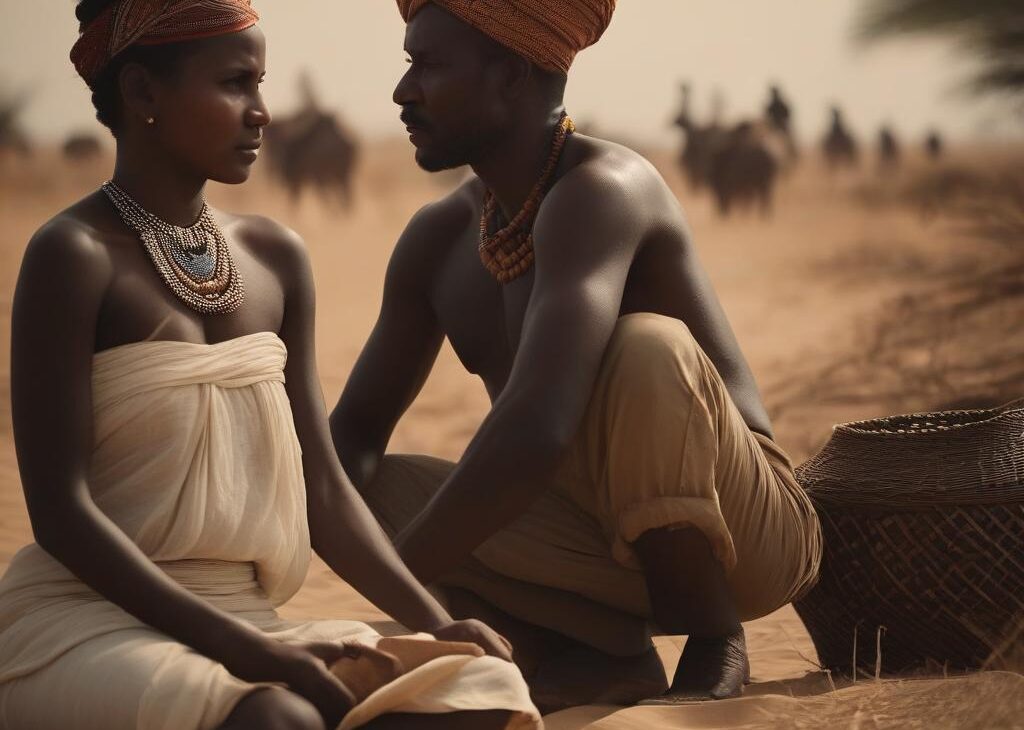-
Table of Contents
Introduction:
Colonialism has left an indelible mark on the history of Africa, shaping its societies, cultures, and identities. Derek Walcott’s poem, “A Far Cry from Africa,” delves into the complexities of colonialism and the struggle for identity in post-colonial Africa. In this article, we will provide a comprehensive summary of the poem, analyzing its themes, imagery, and historical context. Through this exploration, we aim to shed light on the lasting impact of colonialism and the ongoing quest for self-identity in Africa.
Summary of “A Far Cry from Africa”
In “A Far Cry from Africa,” Derek Walcott reflects on the violent conflicts that arose during the Mau Mau Uprising in Kenya in the 1950s. The poem explores the internal conflict faced by the poet, who is of both African and European descent, as he grapples with his divided loyalties and the complexities of his identity.
The poem begins with a vivid description of the African landscape, highlighting its beauty and untamed nature. Walcott then delves into the historical context, referencing the Mau Mau Uprising and the violence that ensued. He expresses his internal struggle by juxtaposing his African heritage with his European upbringing, questioning his allegiance to both sides.
Walcott explores the themes of violence, guilt, and the search for identity throughout the poem. He acknowledges the brutality of the Mau Mau Uprising, describing it as a “blood-rusted” struggle. However, he also recognizes the historical injustices committed by the colonial powers, referring to them as “the British guns.” This duality of perspective reflects the poet’s internal conflict and his attempt to reconcile his African and European heritage.
The poem concludes with a powerful image of a wounded buffalo, symbolizing Africa’s struggle for independence and the scars left by colonialism. Walcott questions whether Africa can truly heal from its wounds and find a sense of identity free from the influence of its colonial past.
Themes Explored in “A Far Cry from Africa”
1. Colonialism and its Legacy:
- Walcott explores the lasting impact of colonialism on Africa, highlighting the violence and injustices committed by both the colonizers and the colonized.
- The poem raises questions about the responsibility of the colonial powers in the conflicts that arose during the struggle for independence.
- Walcott acknowledges the complexities of identity that arise from the mixing of African and European cultures.
2. Violence and Guilt:
- The poem grapples with the violence that characterized the Mau Mau Uprising and the internal conflict faced by individuals caught in the midst of such conflicts.
- Walcott explores the guilt felt by those who are torn between their African heritage and their European upbringing.
- The poet questions whether violence can ever truly lead to liberation or if it only perpetuates a cycle of pain and suffering.
3. Search for Identity:
- Walcott’s exploration of his own mixed heritage reflects the broader search for identity faced by many individuals in post-colonial Africa.
- The poem raises questions about the possibility of finding a sense of self that is not defined by colonial influences.
- Walcott’s internal struggle serves as a metaphor for the larger quest for self-identity in Africa.
Historical Context of “A Far Cry from Africa”
The Mau Mau Uprising, which took place in Kenya from 1952 to 1960, was a violent conflict between the native Kikuyu people and the British colonial authorities. The Kikuyu, who were fighting for independence and land rights, resorted to guerrilla warfare tactics, leading to a brutal response from the British forces.
During this period, many individuals of mixed African and European heritage, like Derek Walcott, found themselves torn between their African roots and their European upbringing. They faced internal conflicts and struggled to reconcile their dual identities in the midst of the violence and political turmoil.
Q&A:
1. What is the main theme of “A Far Cry from Africa”?
The main themes of “A Far Cry from Africa” are colonialism, violence, guilt, and the search for identity. The poem explores the complexities of colonialism and its lasting impact on Africa, as well as the internal conflict faced by individuals with mixed African and European heritage.
2. What is the historical context of the poem?
The poem is set during the Mau Mau Uprising in Kenya, which occurred from 1952 to 1960. This violent conflict between the native Kikuyu people and the British colonial authorities serves as the backdrop for the poet’s exploration of colonialism, violence, and identity.
3. How does Walcott explore the theme of violence in the poem?
Walcott portrays the violence of the Mau Mau Uprising through vivid imagery and powerful language. He describes the struggle as “blood-rusted” and references the brutality of both the African fighters and the British forces. The poem raises questions about the role of violence in the pursuit of liberation and the lasting scars it leaves behind.
4. What is the significance of the buffalo in the poem?
The wounded buffalo at the end of the poem symbolizes Africa’s struggle for independence and the scars left by colonialism. It represents the enduring pain and trauma caused by the violent conflicts and raises doubts about whether Africa can truly heal and find a sense of identity free from its colonial past.
5. How does “A Far Cry from Africa” reflect the broader quest for identity in post-colonial Africa?
The poem serves as a metaphor for the larger search for self-identity in post-colonial Africa. Walcott’s internal struggle, as someone of mixed African and European heritage, reflects the complexities faced by many individuals in defining their identities in a society shaped by colonial influences. The poem raises questions about the possibility of finding a sense of self that is not defined by the legacies of colonialism.
Conclusion
“A Far Cry from Africa” is a powerful and thought-provoking poem that delves into the complexities of colonialism and the search for identity in post-colonial Africa. Through vivid imagery and introspective language, Derek Walcott explores the violence, guilt, and internal conflicts faced by individuals caught between their African heritage and their European upbringing. The poem raises important questions about the lasting impact of colonialism and the ongoing quest for self-identity in Africa. By understanding and reflecting on works like “A Far Cry from Africa,” we can gain valuable insights into






